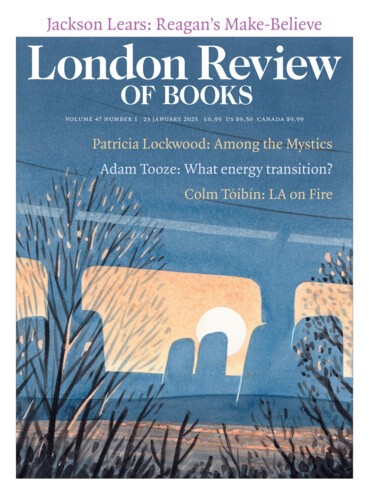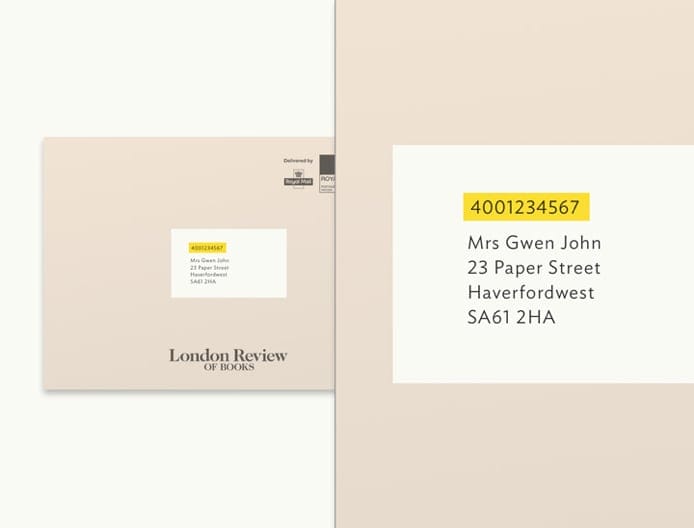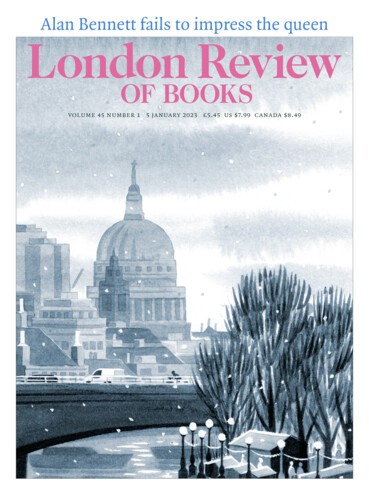‘I’ll maybe put a match to the fire,’ my father would say. The tentative phrasing belied one of the great certainties of my childhood. The fire was lit most evenings, except in high summer, but in Aberdeen you were sometimes glad of it then too. Our 1960s decorative brick fireplace was the heart of the household. It was there for warmth, but it had a significance beyond the heat it provided. It seemed to ease something, or enable something – a wordless sharing of domestic space. In the absence of a television (my Presbyterian parents disapproved of it), the fire supplied diversion. It was at the centre of our family circle every day when my father read the King James Bible and prayed. This might sound like the 1670s, not the 1970s, but it was on a footstool at the hearth that I learned to recite the Shorter Catechism. I knew the sight and sound of burning coal so intimately – the way it cracked and split, the way a flame found its way to the microjets of methane and oozing tar – that it was easy to visualise hell as a landscape of blistering rock.
At the age of four, I learned how to crumple a few sheets of the Press and Journal into the grate, to roll up others into tight overhand knots that would provide more lasting tinder, then to place kindling in a lattice that would support smaller lumps of coal. An unspoken rule dictated that one match from the Scottish Bluebell box on the mantel was sufficient. A second match was a failure. You could quickly get a good blaze if the draught was open from below and the living-room door was firmly closed, but the balance of air pressure in our suburban house could be tricky. We learned not to open the living-room door when the fire had just been lit because to close it again might send a cloud of smoke billowing into the room, an outcome even worse than a second match.
I still put this early firecraft training to work on many if not most evenings between October and March. We live inside the City of Edinburgh Smoke Control Area, which means that open fires are banned, as is house coal, but we are allowed to burn wood as long as it has less than 20 per cent moisture content and the combustion takes place in an authorised appliance – in our case, a Morsø Squirrel, twenty years old and a little rusty, but a more efficient and a less polluting technology than anything my ancestors used. I love our wood stove, not just the comfort of it but the work it demands: cleaning the glass with spit and ashes, the fire-setting and the fire-lighting, the slow coming to life, the tinkering with doors and vents in the early stages of the burn cycle. I like to invert the bottom-up method I was taught (paper, kindling, then coal or logs on top) by placing the logs at the bottom, then letting the embers sink down. My parents wouldn’t have approved, but since they’re dead I don’t have to worry about that, or about how many matches I use. In fact I’ve moved beyond matches: I strike sparks from a ferrocerium rod onto tumble dryer lint. I’m a twisted fire-starter.
This winter, the prohibitive cost of gas means the stove might get a bit more use. Other households are clearly thinking along similar lines. Wood stove sales in the UK have risen 40 per cent; 35,000 units were sold between April and June. The hardware chain Toolstation recently reported a 30 per cent rise in chainsaw sales, suggesting that people are thinking about using salvaged wood to burn at home. With firewood prices rising steeply across the UK and Europe, the World Economic Forum is even talking about making woodstores an economic indicator, a sign of adaptation to energy independence from Russia. The Putin-supporting leader of Belarus, Alexander Lukashenko, was filmed chopping logs, trolling his European counterparts by saying that in the absence of Russian gas, EU citizens couldn’t be too choosy about whether fir or birch made better firewood.
Send Letters To:
The Editor
London Review of Books,
28 Little Russell Street
London, WC1A 2HN
letters@lrb.co.uk
Please include name, address, and a telephone number.



